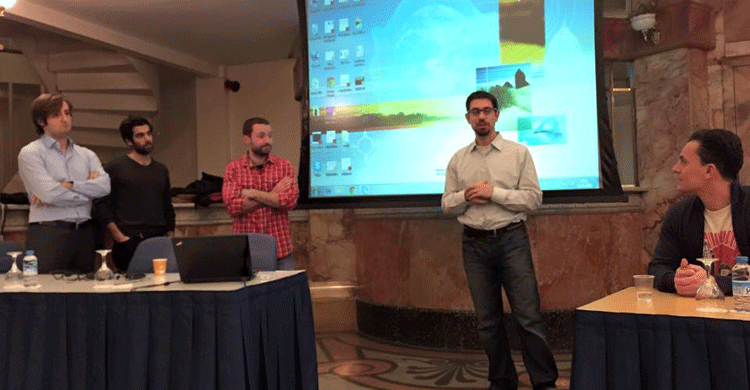24/03/2015
Sabancı University Istanbul Policy Center (IPC) and SaferWorld presented their joint report titled “Turkey and Somalia: Making Aid Work for Peace” at a press conference.
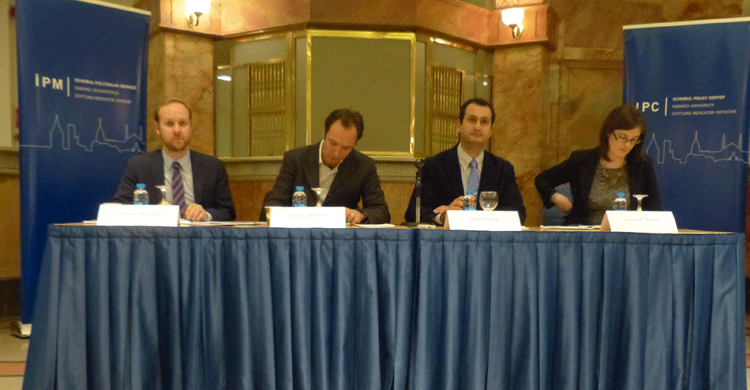
24/03/2015
After being named among the best Executive MBA programs in Financial Times' annual business school rankings for 2014, the Sabancı Business School's Executive MBA program ranked 44th among the "Best Executive MBA Programs in Europe" also compiled by Financial Times. The Sabancı Business School ranked 73rd as an institution.
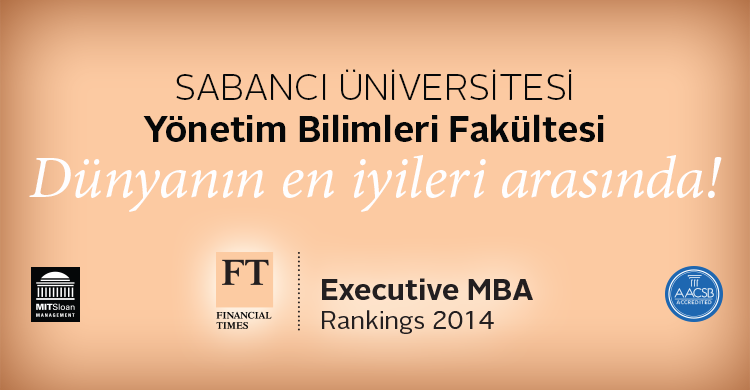
20/03/2015
Sabancı Business School is accepting applications for the 2015-2016 academic year MBA, Executive MBA (EMBA), Masters in Finance (MIF) and Management PhD programs. Information regarding these programs can be obtained from the web site. Additionally, various scholarships are available for MBA, MiF and PhD programs.
20/03/2015

SUdergi has evolved into "Scripta" - a new digital magazine format.
Scripta is prepared with the contributions of our students, faculty, administrative personnel and alumni, and is free for download on the Appstore.
Scripta is only available for the iPad right now, but an iPhone version and website will soon follow.
We hope you enjoy.
20/03/2015
Turkey-based Pushmote was accepted to Techstars, the largest venture accelerator program in the United States which receives thousands of submissions every year. This is the first time a Turkish venture receives investment from Techstars.
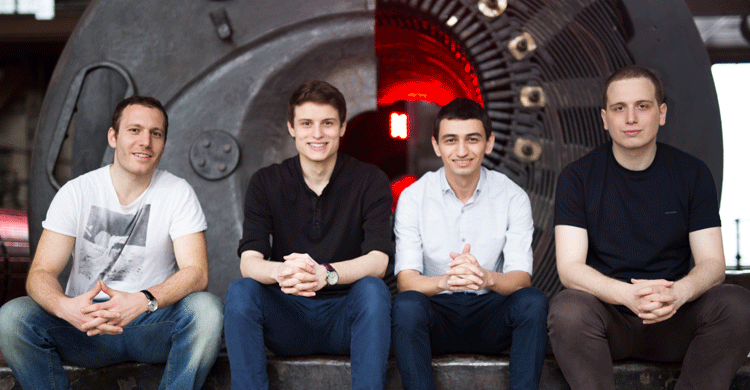
18/03/2015
Sabancı University Corporate Governance Forum Director Melsa Ararat was a panelist at the Annual Event of Women’s Empowerment Principles (WEPs) with opening remarks by UN Secretary General Ban Ki-moon and keynote by former US Secretary of State Hillary Rodham Clinton. The event was held in New York on March 10 and 11, 2015.

16/03/2015
Sabancı University Istanbul Policy Center (IPC) organized a workshop on “International Humanitarian NGOs and Emergency Aid” on March 6 to understand effects of Turkish Humanitarian NGOs on Turkish foreign policy and Turkey’s peacebuilding activities. In the workshop, general overview to humanitarian NGOs, emergency aid activities of international and Turkish NGOs and the issues of disaster management and response, logistics, distribution and sustainablity of emergency aids were handled.
11/03/2015
Deniz Kandiyoti: “We live in times when women’s rights are in the line of fire”
Sabancı University Gender and Women's Studies Forum invited Deniz Kandiyoti for a lecture as part of the International Women's Day events.
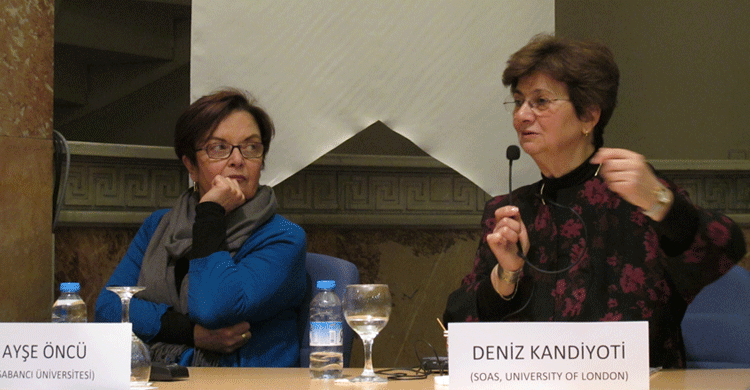
24/02/2015
Sabancı University Pre-Incubation Center – SUCool and Innomate held a conference titled “Winners by Losing Club” on Friday, January 30, 2015 at the Karaköy Minerva Palas. Young entrepreneurs Kerem Alper, Cenk Sezgin and Sercan Çelebi shared their stories of failure on the path to success.
